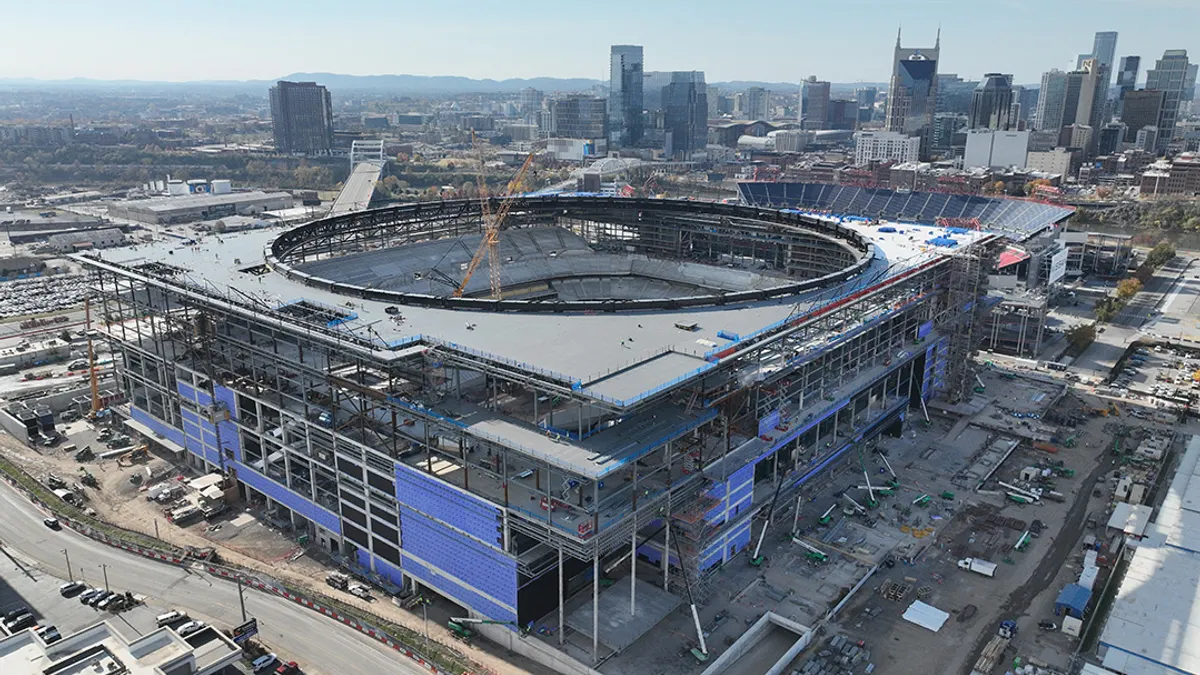RFIs and submittals are a time-consuming contractual check and balance between the contractor and the design team. In the current era of coordination, they can seem like a frustrating return to protectionism and inefficiency, and yet, there is no escaping their contractual necessity.
Each of these communications has to follow a prescribed path for review and approval. And every contractor has a defined process -- and often a set of software applications – to manage these workflows.
Although there are a robust set of tools that do a great job managing these issues, transferring information between apps and between teams is not always streamlined or clear. This confusion can exacerbate the already frustrating process with the burden of managing point solutions and introducing the possibility of data loss. So, how can we streamline communication between teams, ensure the continuity of project data, and promote coordination and issue resolution – all while aligning with common contractual procedures?
With Autodesk's BIM 360 Build. Built on a single construction platform, BIM 360 Build solves the problem of contractual project controls by providing clear workflows with flexibility for day-to-day use.
Flexible, yet Controlled Workflows
Construction contracts define strict rules on how some information is communicated between parties, and sometimes users need to establish their own rules to create consistent company processes and standards. Rules can change from project to project, so ideally, users need to be able to create and manage multiple workflows themselves.
In addition to contractual procedures, there is a need for clear accountability to ensure that RFIs and Submittals move through the process efficiently with actionable and conflict-free responses. With BIM 360 Build’s RFI workflows, teams can designate responsibilities for each step and coordinate responses from the design team.
For example, the RFI workflow can be set up to allow any project member to initiate an RFI and submit it to the Manager (General Contractor). The Manager can edit the RFI and assign a primary Reviewer (Architect) and additional co-reviewers, creating a clear response structure for the RFI. What's the best part? BIM 360 Build allows users to identify the location of the RFI on the drawings as part of the initiation process.
This customizable, yet controlled workflow reduces risk by removing the guesswork out of navigating conflicting responses from multiple consultants. And by automating the process of posting RFIs, rework caused by missing critical information contained in an RFI is eliminated.
Similarly, in the Submittals process, BIM 360 Build allows flexibility for users to create items in the submittal log, add items to a submittal package, submit items and collaborate in the activity section. However, by design, only the Manager (General Contractor) – can review the submittal package and make the final decision on when it is ready for the design team to review.
Having these flexible, yet controlled workflows helps to control the handoff points within these critical processes without limiting collaboration while maintaining a single point of responsibility.
A Common Data Platform
Another key advantage of using a construction management platform for contractual document workflows is that it can serve as a common data platform for all project information. Any change made to contractual documents is clearly and logically documented, easily visible and automatically made available to team members who need to access it.
Regardless of what phase a project is in, or where information is being accessed, a single platform provides a comprehensive view of the project in its current state with markups, design and field issues, and RFIs all visible in the context of the current sheets or models.
And with cloud-based connectivity and access on both mobile devices and desktops, team can easily access documents and drawings as the project progresses. Without a need to build in extra time to transfer information from one system to the next, teams can quickly digest information and move on to more important tasks.
BIM 360 Build is designed to improve quality, promote safety and reduce rework. With support for RFIs, Submittals and other project information, it can become your project’s single source of truth.
Get more information and request a demonstration at: https://info.bim360.autodesk.com/bim-360-contact-me









